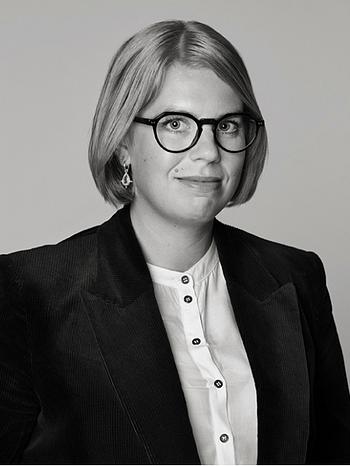Isaac Grünewald
"Kungsträdgården, i solgasset".
Signed Isaac, exected in 1915. Canvas 89 x 116 cm.
Provenance
Bengt-Olov Lapidus' collection.
Private collection, acquired from the above probably around 1970.
Exhibitions
Liljevalchs konsthall, Stockholm, "Konstnärsförbundet", May-June, 1916, catalogue no. 2, cat. no. 172 with the title "Kungsträdgården, i solgasset".
Liljevalchs konsthall, Stockholm, "Expressionistutställningen", 1918, cat. no. 171 with the title "Kungsträdgården".
Liljevalchs konsthall, Stockholm, "Isaac Grünewald - Målningar 1904-1944", 7-29 October, 1944, catalogue no. 137, cat. no. 85 with the title "Karl XIII:s torg".
More information
Isaac Grünewald was one of the most prominent Swedish artists of the 20th century. His works possess the kind of intrinsic energy that never seems to settle down. The unimaginable breadth of his production, the life and the zest for life that his countless projects sprang from, live on, vibrating to this day without losing any of their power.
“Kungsträdgården, i solgasset” (Kungsträdgården in the sunshine) is a prime example of such an energy-filled and energy-giving painting.
The story of the young, daring, gifted boy who went to Paris (in 1908–1911) to learn from hedonist Henri Matisse, is one of the favourite tales of the twentieth century Swedish art world.
Isaac described his first encounter with Matisse’s paintings as an explosion of colour. “Suddenly I was standing in front of a wall that sang, no, roared with colour and radiant light. Here I faced something completely new and reckless in its uninhibited freedom.” This freedom excited Grünewald and he quickly applied to join Matisse’s prominent art school whose radical direction was attracting many of the artists of that time.
With Matisse as his guide, Grünewald’s painting underwent significant developments in the 1910s, the period considered to be the high point of his artistic production.
Inspired by Matisse, Grünewald and the other Swedish students abandoned the Nordic colour palette and restrained brushwork and embraced an expressive spectrum of colour and dramatic shapes. Isaac Grünewald and Sigrid Hjertén, his future wife, became prominent figures in the ground-breaking expressionist movement that fundamentally changed Swedish art history.
”With Matisse as his guide, Grünewald’s painting underwent significant developments in the 1910s, the period considered to be the high point of his artistic production.”
“Kungsträdgården, i solgasset” was painted in 1915, during an intense period of the artist’s life. Merely twenty-six years old, he was already in the middle of a tumultuous career, in which both he and Sigrid were at times in the eye of the storm. Together they also had a small son, Iván.
The First World War was raging and Sweden was putting its house in order. Is there really a place for such excesses as explosive Colourism? The criticism was harsh and – as regards Grünewald – tinged with antisemitism. Nevertheless, both Isaac and Sigrid were able to hold numerous exhibitions in this period.
The painting has been exhibited at three important exhibitions at Liljevalchs Konsthall in Stockholm, the Artists’ Association exhibition in 1916, the Expressionist Exhibition in 1918 and a retrospective exhibition of paintings from 1904 – 1944 in 1944, two years before the artist’s tragic death in a plane crash in 1946.
This work has never previously been sold at auction.























































































